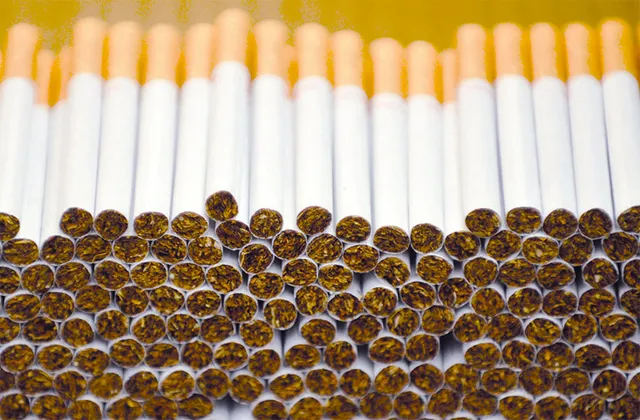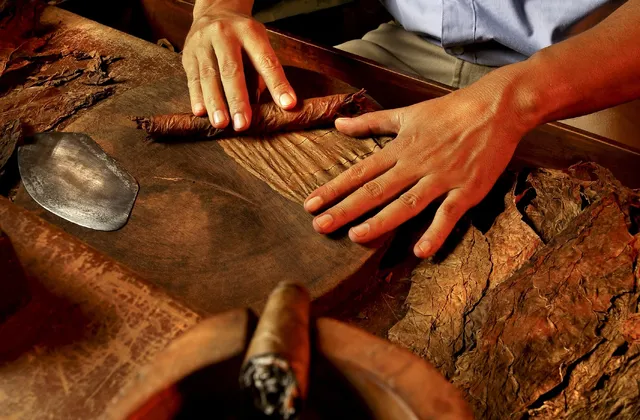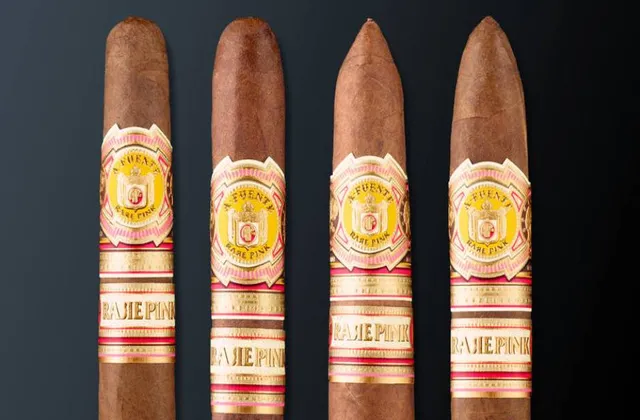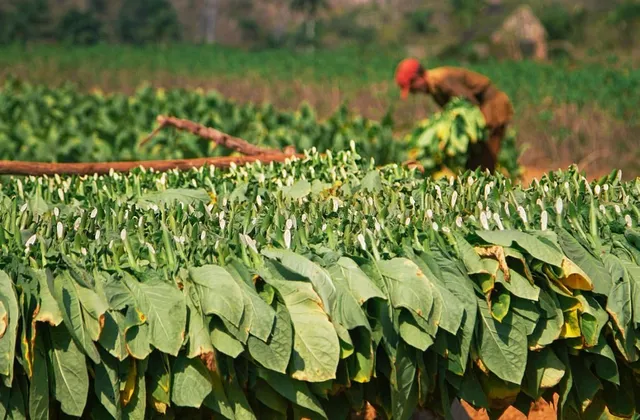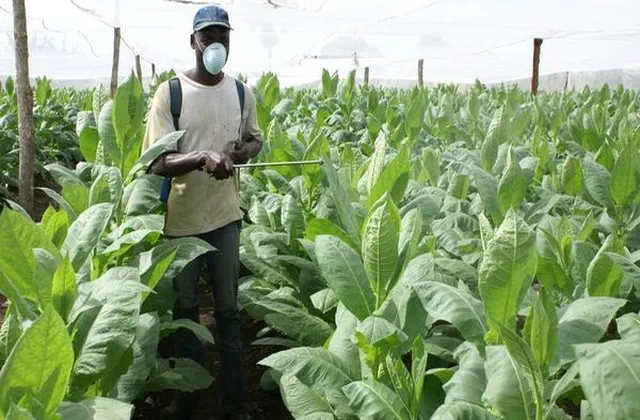Tobacco cultivation and cigar in the Dominican Republic
The Dominican Republic is home to some of the finest cigars and tobacco in the world and has a long history of growing, harvesting and manufacturing these delicacies. Learn how this amazing process has developed over the years and what makes cigars and tobacco grown in the Dominican Republic so special.
Understanding the soil and climate of the Dominican Republic
The unique and ideal soil and climate of the Dominican Republic allow the growth of some of the best tobacco in the world. This is due to its location near large bodies of water and the richness of the soil, which gives it the perfect level of humidity, as well as the high temperatures which facilitate harvesting. Plus, its elevation helps produce unique flavors while providing perfect ventilation for curing procedures. As a result, you can expect a variety of flavor profiles with each cigar or tobacco produced.
By learning about the details of a nation's climate and soil, you can better understand why cigars or tobacco from that region tastes different from those produced elsewhere. The soils found in the Dominican Republic are perfect for growing sun-loving tobaccos that produce a robust flavor and aroma. Additionally, the air humidity in this region allows for faster drying times due to its hot summers and high rainfall for most of the year. Finally, thanks to its location near large bodies of water such as lakes and rivers, the wind tends to circulate density and uniformity in cigars and tobacco products grown in the Dominican Republic. All of these factors combine to create a single, unique ingredient in an amazing recipe responsible for creating some of the finest cigars and tobaccos ever grown in many parts of the world.
The process of planting the seed
Before you can enjoy a cigar or tobacco, the seeds must be planted. First, farmers plow and prepare the soil and carefully select the right seed with the desired characteristics. Then they must provide careful execution during cultivation and harvesting. To ensure that quality is maintained at different stages of planting, it is essential to alternate tasks such as weeding, topping and pruning tobacco plants to achieve maximum productivity. This includes covering seedbeds with plastics and regulating humidity levels to prevent pest infestations. Once ready for harvest, careful cutting methods should be used to avoid tearing the leaves which could affect their flavor.
After harvesting, the plants must be fermented, dried and sorted before moving on to the cigar rolling process. But before any of this can happen, farmers in the Dominican Republic must tend their crop fields with special methods. With little gap between harvests, tobacco crop prices remain high in the country and make cigar smoking and cultivation an economic success for many people in the region. Although these important steps are not part of the cigar making process, they play a major role in achieving high quality tobacco. Either way, every step from ground to harvest is crucial for the ultimate development of flavor and character, which leads to a great smoking experience.
Photos of cigars from the Dominican Republic
Harvest tobacco leaves
Tobacco leaves are usually ready to harvest at the peak of their maturity. At harvest time, only leaves that meet specific measurements and coloring guidelines should be cut. Some tobacco growers use special scissors or cutters attached to machines operated by a handler, but the use of hands is still practiced in some small farms. Plants should also be handled carefully when harvesting so as not to injure them, which could affect the quality of their leaves. To ensure that the tobacco stays fresh and good for smoking, the harvested leaves must then go through a drying process depending on their type.
Before drying, tobacco leaves must go through the process of sweating. This is done by exposing them to heat and humidity so that their starches are converted into sugars. The duration of the sweating process depends on the amount of moisture in the air, as well as temperature levels. Then the leaves should be dried using drying techniques according to their types. Sun-cured tobaccos should only be hung outdoors, while fire-cured tobaccos should be smoked with controlled burns of hardwoods like hickory and oak. For more traditional methods, air drying, often used for the production of cigars, requires a period of up to four weeks in barns where they can dry naturally. Once hardened, they are then ready to be prepared for use either by rolling them by hand or by mixing them with homogenized binders or papers for cigarettes and cigars to be rolled by oneself.
Drying and grading of tobacco leaves
After the leaves are harvested, they must undergo a drying process to retain their flavor and aroma. Curing processes vary by type of tobacco, but typically involve withering, sun-drying, air-drying, fire-curing, or fermentation. Tobacco growers also rank the quality of their leaves based on color, flexibility, and thickness - with higher quality leaves sorted at the top and lower quality leaves at the bottom. Then they are ready to be stored for later use when rolling cigars or made into different forms of tobacco consumables.
To begin the process, growers source the leaves from Cuban seed varieties grown in the soil of the Dominican Republic. They will then maintain them with care and trim them until they look like perfect tobacco leaves. These sheets must go through pre-curing, fermentation, grading and final curing processes to ensure they reach their maximum potency levels before being sold or shipped to manufacturers around the world.
Making and Rolling Cigars
Cigars are made from a blend of different tobacco leaves which have each been processed into various shapes such as whole bales or barrel aged air dried leaves, air dried cigar filler , smoking tobaccos and cigar binders. Cigar making requires highly skilled labor and is a delicate process. The art of rolling cigars involves bending and pressing the components together to shape them using specialized wooden molds before binding them with string or strips of tobacco leaves. The rollers create a unique blend of flavors and textures by measuring specific combinations of wrapper, binder and filler tobacco leaves for each individual cigar.
The Dominican Republic is world famous for its premium cigars and tobacco products. Most cigar production takes place in a few main regions: Santiago de los Caballeros in the Cibao Valley, La Romana in the southeast, Santo Domingo in the south, and towns in the central plains. Hand rolling has been a traditional practice in the Dominican Republic for years, with each region producing its own distinct blend of tobaccos that vary slightly from those produced nearby. Dominican rollers are considered some of the best in the world and they are known for their attention to detail when it comes to rolling cigars.

